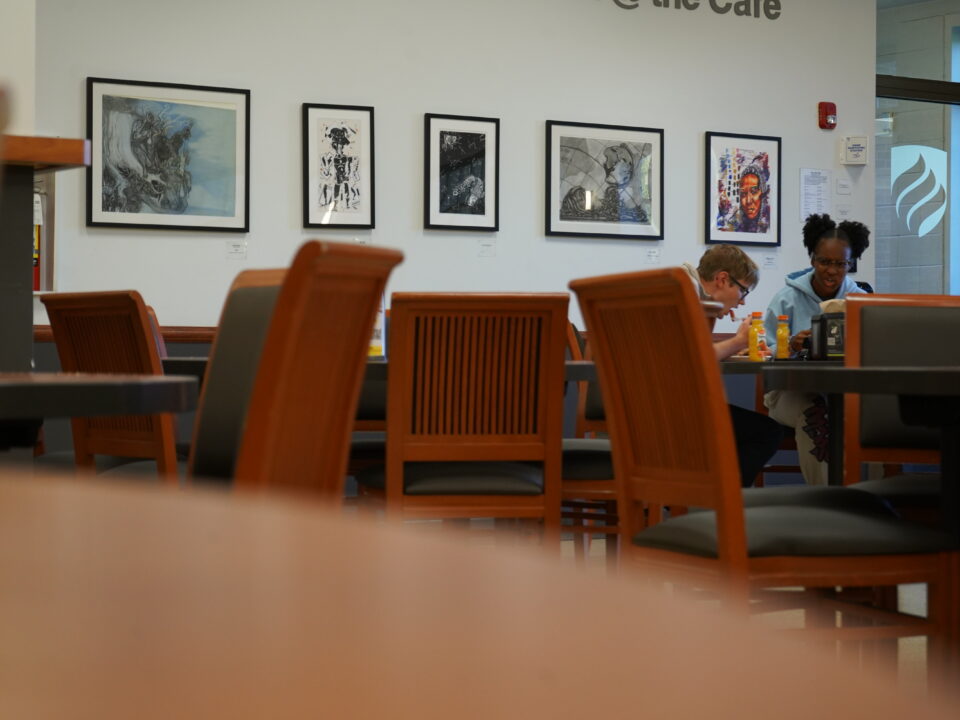EDITORIAL: Ideas for change from around the world

For this issue’s editorial, various members from The Leader’s Editorial Board have written ways to improve campus, community, and general life based on what other cultures across the country and across the world have done.
France and Cars (And Trains…Mostly)
One of the easiest ways to make life better for everyone is to make sure everyone can get where they need to go safely and quickly. The Chicagoland area is already doing a good job at this, and Elmhurst is not too far behind itself. Regular service from Pace buses, Metra rail, and of course plenty of parking and easy interstate highway access makes for great connections around the entire area.
Of course, this can be improved! A great example of efficient transportation is France’s inter-city railway network. Western Europe still has plenty of reliance on cars and individual personal transportation but is helped greatly by a continent-spanning network of both high speed and slower inter-urban trains.
According to Rail Europe, SNCF (The national railway of France)’s TGV high-speed rail can turn a six-hour drive from Paris to Lyon into just a two hour train ride. That’s roughly equivalent to driving from Elmhurst to Detroit in terms of both mileage and drive-time. Plus, riders don’t have to go through TSA, wait in a crowded gate, or cram into a cramped economy seat.
The real game-changer though is the slower inter-city and regional rail. This is what allows the French to avoid owning cars all together. If you can commute to work, your friends house, the grocery store, or a concert venue on a bus or train, why bother paying for a car for those one or two annual trips that need it?
Of course, many French people still own cars, and the nation is still connected by roads, but now the roads are freed up for people who need to transport bulky goods, delivery trucks moving just the last couple miles, and people who want to drive just for leisure instead of for work.
Chicago, and by extension Elmhurst, should invest more in their public transit, making it cleaner, faster, and expanded so people can go where they want to go, when they want to go, without a car, and for a whole lot less.
Urban Farm Planning with Singapore
Singapore is a country that has shown dedication to urban farm planning to meet its population’s nutritional needs. Since it has a population density of 19,000 people per acre, it needs to be thoughtful in using its space economically.
According to Thinesh Paramasilvam of the Singapore Food Agency, Singapore has almost tripled its number of urban farms since 2016. The Singapore Food Agency has a goal to provide 30% of the country’s nutritional needs through local gardening by 2030 and has put $30 million towards farming efforts.
In addition, Singapore harnesses the power of technology to optimize its local gardening efforts. For example, it has a motorized roof deck vertical garden that rotates growing pods to give each plant the amount of sunlight it needs, according to Footprint Magazine.
Taking inspiration from Singapore’s dedication to urban farming, Elmhurst University could implement a community garden in one of its green spaces to support sustainable living and urban gardening.
A community garden would offer numerous benefits to EU students and staff. By beginning to grow some of its own food, EU can reduce waste from food travel, ensure food is free of pesticides and chemicals, and ensure food freshness.
A community garden could also create a sense of community among students who work together to grow the food.
According to a study of 111 Singapore residents by the International Journal of Environmental Research and Public Health, community gardeners reported higher levels of subjective well-being, resilience, and optimism than individual/home gardeners and non-gardeners, which suggests potential mental health benefits of community gardening.


